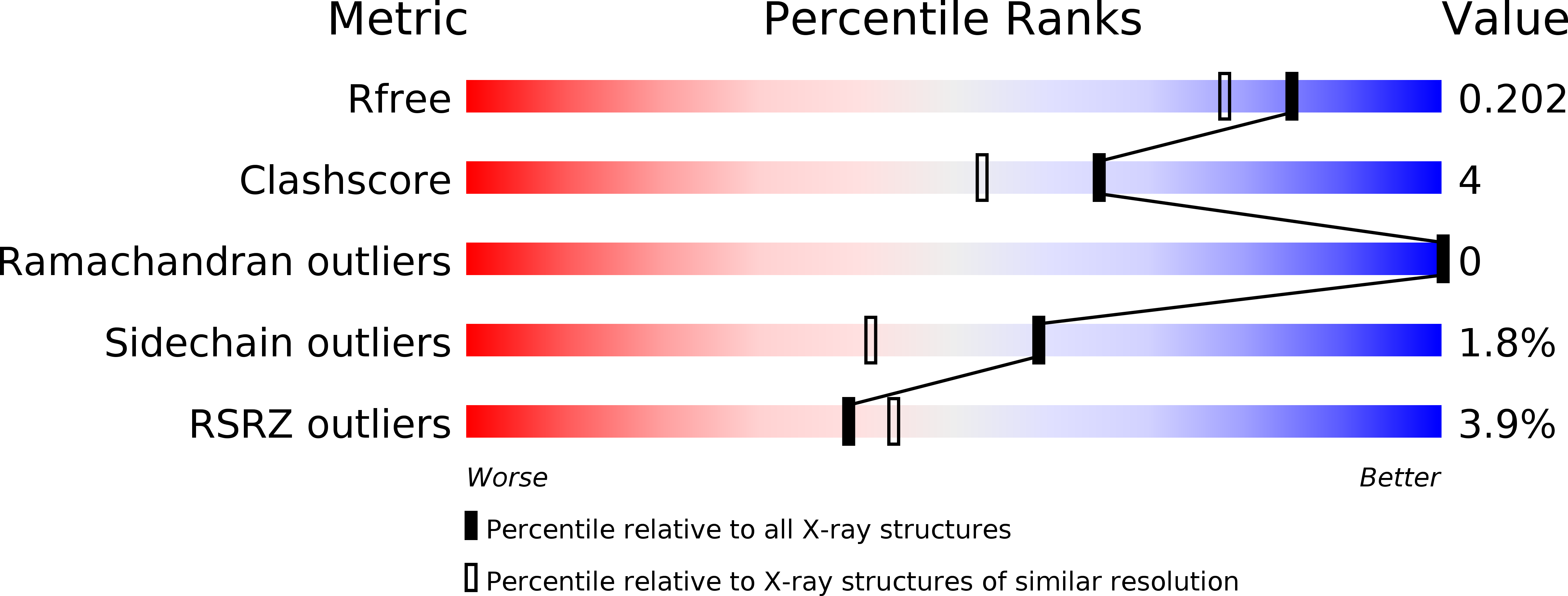
Deposition Date
2008-01-27
Release Date
2008-06-17
Last Version Date
2024-10-16
Entry Detail
PDB ID:
3C32
Keywords:
Title:
Crystal structure of GluR5 ligand-binding core in complex with sodium at 1.72 Angstrom resolution
Biological Source:
Source Organism:
Rattus norvegicus (Taxon ID: )
Host Organism:
Method Details:
Experimental Method:
Resolution:
1.72 Å
R-Value Free:
0.19
R-Value Work:
0.16
R-Value Observed:
0.16
Space Group:
P 41 21 2


